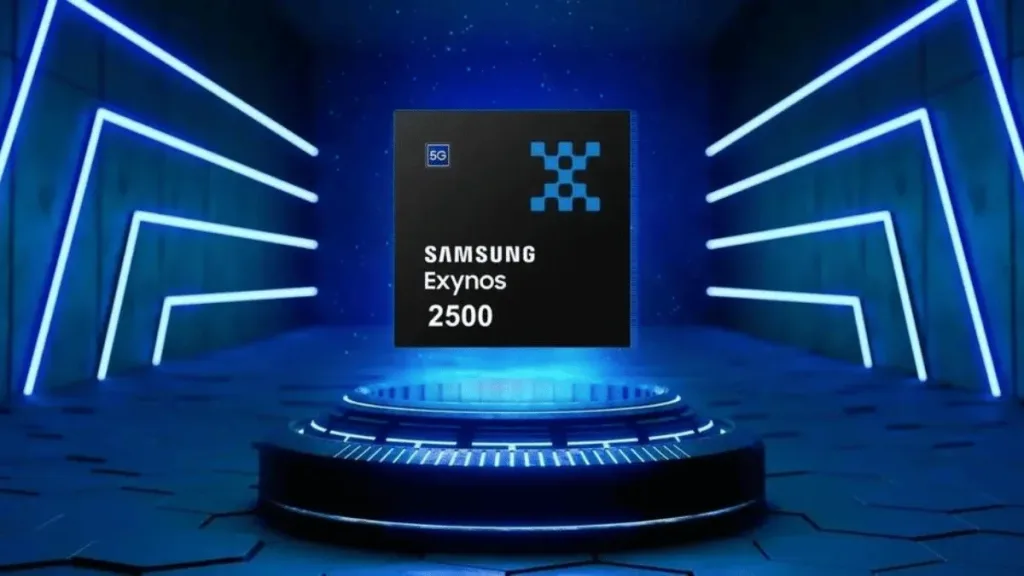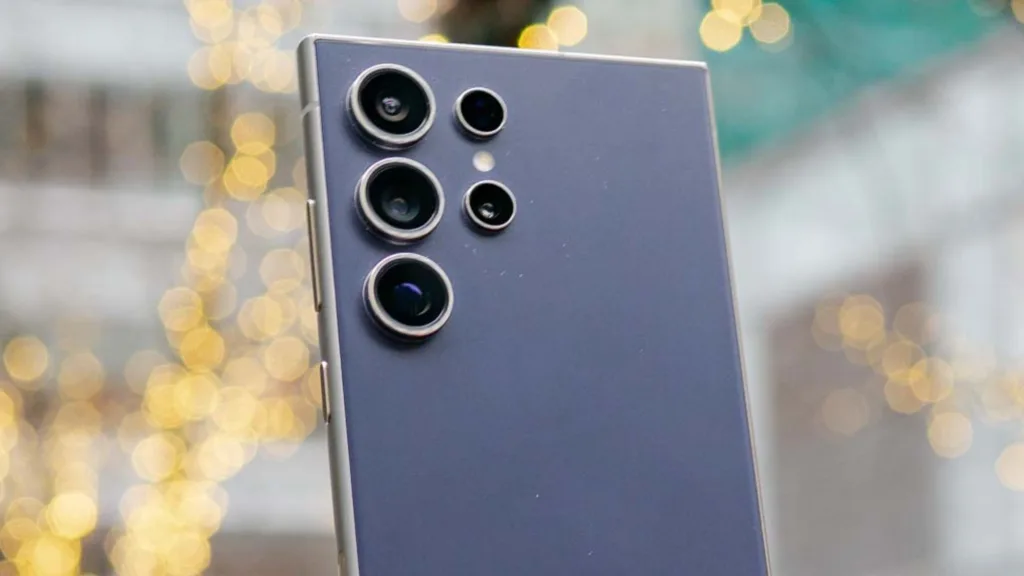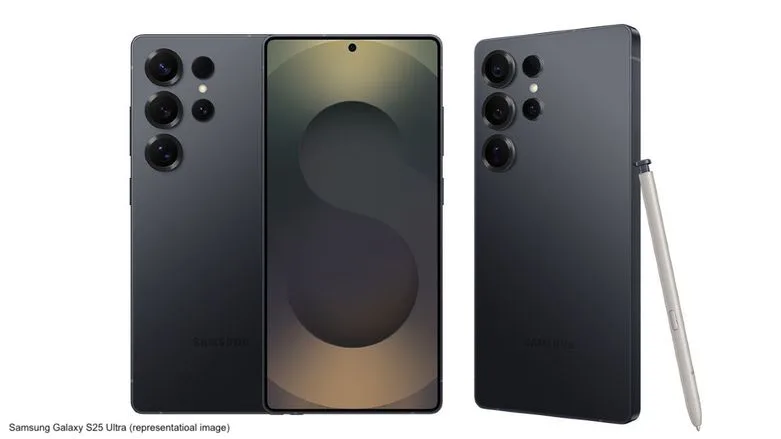Samsung’s flagship Galaxy S-series has seen a tug-of-war between its in-house Exynos and Qualcomm’s Snapdragon chips. After the Galaxy S25 series launched exclusively with the Snapdragon 8 Elite, fresh reports suggest that the Galaxy S26 lineup may mark the return of Exynos, powered by the upcoming Exynos 2600 chipset.
Table of Contents
Exynos 2600: The Comeback Chip?
According to Korean outlet The Bell, Samsung has achieved over a 30% yield rate in its latest SF2 (2nm) test production. If the yield stabilizes as planned, mass production of the Exynos 2600 could begin in Q4 2025, making it the likely processor for the Galaxy S26 series.

This development is crucial for Samsung’s semiconductor ambitions. The Exynos 2500 reportedly faced a yield rate of just 20%, leading to its exclusion from the S25 lineup in favor of Qualcomm’s Snapdragon. Historically, Exynos chips have received mixed reviews, with some users criticizing performance inconsistencies and thermal issues compared to their Snapdragon counterparts. However, with a more refined 2nm process, the Exynos 2600 could be a game-changer, bringing improved power efficiency, AI capabilities, and better GPU performance.
Samsung’s Foundry and System LSI divisions are said to be allocating significant resources to ensure the Exynos 2600 meets performance and production expectations. If successful, this shift could allow Samsung to reduce its reliance on Qualcomm and cut down on production costs while enhancing its ecosystem control.
What to Expect from the Galaxy S26 Series?
The Samsung Galaxy S26 lineup is expected to launch in early 2026, following the same timeline as the S25 series. While full specifications remain under wraps, early reports hint at major upgrades across hardware and software.
1. Under-Display Camera
The Galaxy S26 Ultra is rumored to feature an under-display front camera, allowing for a seamless full-screen experience. Samsung has been experimenting with this technology in its foldable devices, and if the refinement continues, it could make its way into the Ultra variant of the S26 series.
2. Enhanced Camera System
A new 200MP 1/1.4-inch periscope telephoto lens is reportedly under evaluation for the Galaxy S26 Ultra. If implemented, this could push mobile photography to new heights, offering greater zoom capabilities and improved low-light performance. The company may also enhance AI-powered image processing to improve details, color accuracy, and dynamic range.
3. Next-Gen Display Technology
Samsung is expected to introduce an upgraded AMOLED display with higher brightness levels, enhanced efficiency, and greater durability. Speculation suggests that Samsung could be working on LTPO 3.0 technology, allowing for better adaptive refresh rates and power savings.
4. AI-Driven Software Enhancements
With AI becoming a major focus for smartphone manufacturers, Samsung might introduce new AI-driven features optimized for photography, voice recognition, and system performance. The Exynos 2600 chipset, if utilized, could play a key role in powering these enhancements.
5. Battery and Charging Improvements
Given the power efficiency gains from the 2nm Exynos 2600, the Galaxy S26 series may boast better battery life than its predecessors. Faster wired and wireless charging speeds are also expected, potentially crossing the 65W threshold for wired charging and 30W for wireless charging.
6. Redesigned Cooling System
To address overheating concerns, Samsung may introduce an improved vapor chamber cooling system, ensuring sustained performance during gaming and high-intensity tasks. This would be a crucial upgrade, especially if Exynos chips aim to compete directly with Snapdragon’s thermally efficient solutions.
7. Software and One UI Upgrades
The Galaxy S26 series will likely ship with Samsung’s One UI 7.0, built on Android 16. This iteration could bring enhanced multitasking features, improved integration with Samsung’s ecosystem, and deeper AI functionalities for a more personalized user experience.

What This Means for Consumers
If Samsung successfully navigates its 2nm production hurdles, the Exynos 2600 could make a strong return, reshaping the Galaxy S26’s performance landscape. While past Exynos chips have struggled in comparison to Qualcomm’s offerings, the improvements in efficiency and yield rates suggest that Samsung is ready to challenge the dominance of Snapdragon processors once again.
For consumers, this means potential benefits like:
- Improved battery life: A more efficient chipset could lead to longer usage times.
- Better graphics performance: Enhanced GPU capabilities could benefit gamers and content creators.
- More competitive pricing: Reducing reliance on third-party chip suppliers could allow Samsung to price its devices more aggressively.
- AI-driven optimizations: The next-gen AI features could improve user experience across the board.
However, until official announcements are made, it remains to be seen whether Samsung will fully commit to Exynos for all S26 variants or continue its dual-chip strategy, offering Snapdragon-powered models in select regions.
Final Thoughts
The return of Exynos in the Galaxy S26 series is shaping up to be one of the most anticipated developments in the smartphone industry. If Samsung can successfully optimize its in-house chipset, it could redefine its flagship performance while strengthening its semiconductor business.
Additionally, innovations such as the under-display camera, periscope telephoto lens, and enhanced cooling system could elevate the Galaxy S26 Ultra as one of the most feature-rich smartphones in the market.
With AI-driven software enhancements and next-gen hardware improvements, the Galaxy S26 series is poised to set new industry standards. As we await further details, one thing is clear—the battle for the best mobile chipset is far from over.
Stay tuned for more updates as we get closer to the official launch!







